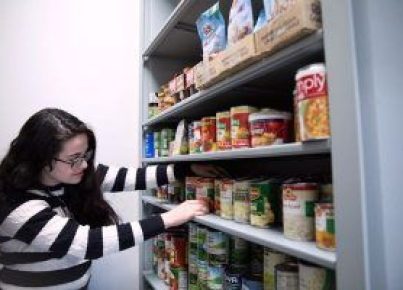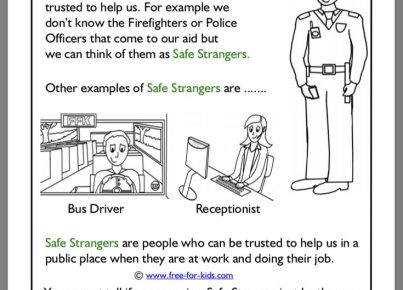Loose parts are versatile, open-ended materials that can be manipulated and combined in numerous ways to create and inspire engaging learning experiences. Here are 22 ways you can incorporate loose parts into your curriculum to encourage creativity, problem-solving, and critical thinking skills.
1. Pattern creation: Use loose parts to create patterns based on different attributes such as size, shape, or color.
2. Sorting activities: Have children sort loose parts by various criteria such as color, shape, or size.
3. Mathematical operations: Utilize loose parts to explore addition, subtraction, multiplication, and division concepts.
4. Measurement experimentation: Encourage children to measure various objects using loose parts as units of measurement.
5. Building structures: Allow kids to create structures like towers or bridges using loose parts and explore concepts such as balance and stability.
6. Loose part art: Encourage artistic expression by using loose parts to create collages, sculptures, or murals.
7. Storytelling prompts: Have kids use loose parts to help them tell stories orally or write them down.
8. Sensory exploration: Provide various textures of loose parts for tactile experiences that encourage sensory play.
9. Creating mazes: Using a variety of loose parts, have children design and create mazes for marbles or other small objects to navigate through.
10. Exploring fractions: Teach the concept of fractions by having children represent them with different loose part materials.
11. Sound exploration: Use loose parts of varying materials like wood, metal, and plastic for children to explore sounds through tapping or shaking the objects.
12. Simple machines learning: Incorporate items like pulleys, gears, levers, and other components as loose parts for creating simple machines.
13. Science experiments: Use natural loose part items like rocks or shells for density experiments in water or making observations about properties.
14. Symmetry in nature: Collect natural loose parts such as leaves and flowers to explore symmetry, and have children create their own symmetrical designs.
15. Alphabet recognition: Utilize loose parts to assist young learners in recognizing letter shapes and forming the upper and lowercase letters of the alphabet.
16. Exploring geometric shapes: Provide children with different shaped loose parts to create various geometric figures like squares, triangles, and hexagons.
17. Nature scavenger hunts: Have children go on a nature walk to collect various loose parts such as leaves, sticks, rocks, or pinecones that can be used for further investigation or art projects.
18. Calendar creation: Use loose parts to create a visual representation of the calendar for children to track days, weeks, and months.
19. Building ramps: Explore concepts of force and motion by constructing ramps with loose parts for small vehicles or objects.
20. Mapping activities: Allow your child to use loose parts to create a map for specific areas in your room or outdoors.
21. Dramatic play: Encourage imaginative play by incorporating loose parts into role-playing scenarios in a theater or small world setup.
22. Developing fine motor skills: Young learners can develop their fine motor skills by manipulating small loose parts during various activities.
Incorporating loose parts into your daily curriculum allows for endless learning opportunities in a diverse range of subjects. With these versatile materials, you’ll foster creativity, problem-solving, and critical thinking skills in your students while making learning enjoyable for them every day.




